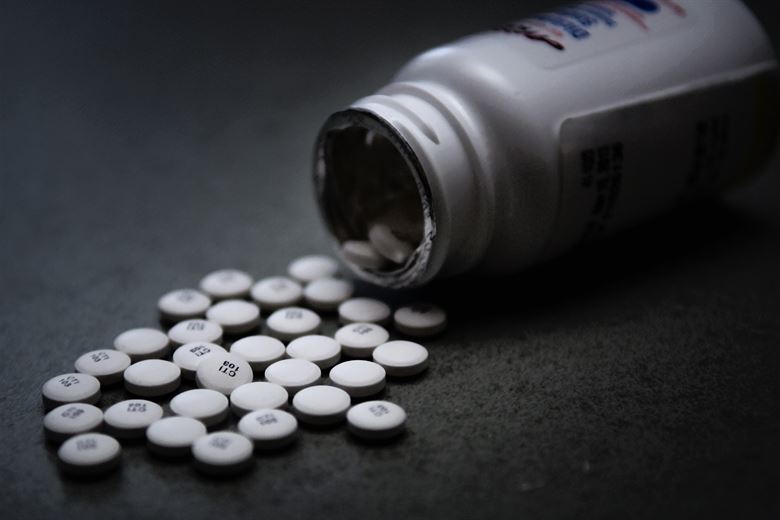Somatosensation
11
Learning Objectives
Be able to give 2 examples of drugs or treatments that work outside the central nervous system, and describe how they work.
Be able to give 2 examples of drugs or treatments that work inside the central nervous system, and describe how they work.
Two examples of drugs/treatments that work OUTSIDE the central nervous system:
- Capsaicin: Capsaicin molecules bind to a transmembrane ion channel in nociceptors that is sensitive to temperatures above 37°C. The dynamics of capsaicin binding with this transmembrane ion channel is unusual in that the molecule remains bound for a long time. Because of this, it will decrease the ability of other stimuli to elicit pain sensations through the activated nociceptor. For this reason, capsaicin can be used as a topical analgesic, such as in products such as Icy Hot™.
- NSAIDs: Non-steroidal anti-inflammatory drugs such as Advil and Motrin reduce pain because they inhibit the synthesis of prostaglandins. High levels of NSAIDs reduce inflammation.
Two examples of drugs/treatments that work INSIDE the central nervous system:
- Opioids: An opioid is one of a category of drugs that includes heroin, morphine, methadone, and codeine. Opioids have analgesic properties—that is, they decrease pain. Opioids are prescribed less frequently than NSAIDs due to their risk of addiction. Opioids are most addictive when you take them in ways that aren’t recommended such as crushing them up and snorting it.
- Stimulus-produced analgesia: mechanical stimulus can suppress pain by targeting inhibitory neurons in the spinal cord.

CC LICENSED CONTENT, SHARED PREVIOUSLY
OpenStax, Anatomy and Physiology Chapter 14.1 Sensory Perception
Provided by: Rice University.
Access for free at https://openstax.org/books/anatomy-and-physiology/pages/14-1-sensory-perception
License: CC-BY 4.0
OpenStax, Anatomy and Physiology Chapter 2.5 Organic Compounds Essential to Human Functioning.
Provided by: Rice University.
Access for free at https://openstax.org/books/anatomy-and-physiology/pages/1-introduction
License: Creative Commons Attribution 4.0
Adapted by: Eric Goldman
OpenStax, Psychology Chapter 4.5 Substance Use and Abuse.
Provided by: Rice University.
Download for free at http://cnx.org/contents/4abf04bf-93a0-45c3-9cbc-2cefd46e68cc@12.2.
License: Creative Commons Attribution 4.0
Adapted by: Eric Goldman
CC LICENSED CONTENT, SHARED PREVIOUSLY
Cheryl Olman PSY 3031 Detailed Outline
Provided by: University of Minnesota
Download for free at http://vision.psych.umn.edu/users/caolman/courses/PSY3031/
License of original source: CC Attribution 4.0
Adapted by: Stacey Dai
Mayo Clinic. (2018). How opioid addiction occurs. https://www.mayoclinic.org/diseases-conditions/prescription-drug-abuse/in-depth/how-opioid-addiction-occurs/art-20360372

